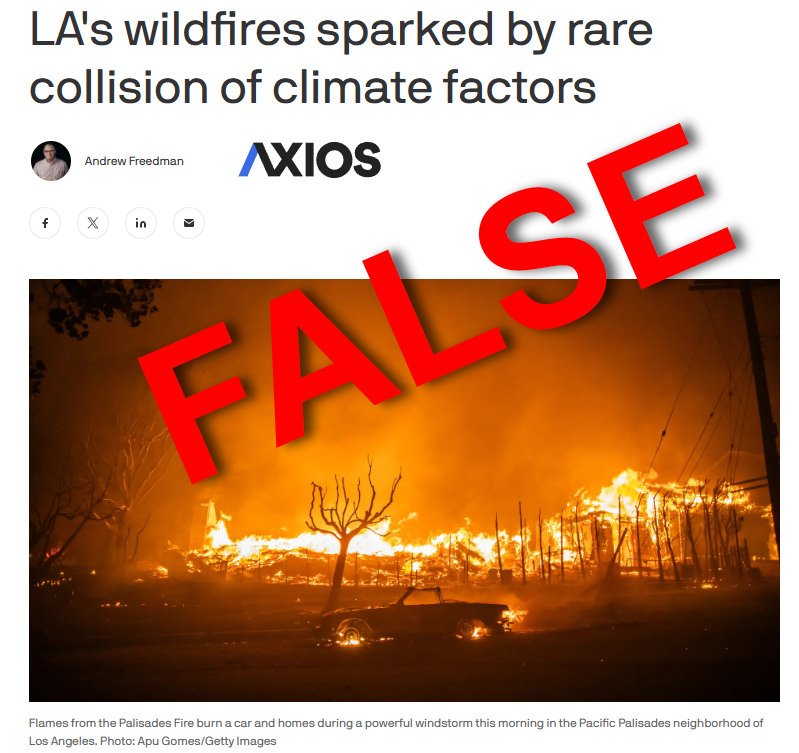The US needs to stop using climate model predictions in ESA species assessments
There are a lot of things wrong with the Endangered Species Act (ESA) – including that constitutionally, the power to regulate fish and wildlife lies with the states, not the federal government – but a worrying trend has developed where outputs of predictive climate change models (based on an assumption that human-caused carbon dioxide emissions are to blame) are accepted as scientific evidence in official species assessments of conservation status (Cronin 2007a, b, c).
President-elect Donald Trump is on record as dismissing the tenets of the human-caused climate change narrative, including during a Keynote Address he gave at the Heritage Foundation’s Annual Leadership Conference in Florida in 2022 on April 21 [snippet below from X, full transcript here and lecture on Rumble here.]
I suggest that if Trump is serious about supporting science and divesting the US economy of useless expense, he needs to direct his new Secretary of the Interior to delist any species for which climate change models have been used to obtain an ESA listing (including the polar bear, ringed seal, bearded seal, wolverine, and emperor penguin) and disallow any future use of climate change models in ESA assessments for potentially threatened or endangered species (including the Pacific walrus and American pika).
Alternatively, he could go all-out and rescind the ESA altogether as unconstitutional, returning the management of fish and wildlife to US States, with the knowledge that the Marine Mammal Protection Act of 1972 will adequately project polar bears and other Arctic species living within the US state of Alaska, as well as whales and seals that live in temperate US waters.
Note: A version of this essay also appears on my Substack here.
The ESA climate model conundrum started with polar bears
Driven by legal petitions filed by activist conservation groups in 2007 (see lead photo above), polar bears were the first species considered for ESA protection where future habitat changes predicted by climate models were used to conclude that significant population declines would likely occur within the foreseeable future (i.e., three generations). Despite objections from respected scientists, which I address in more detail below, this entirely new approach to designating species at risk of extinction received final approval in 2008 and was subsequently upheld in 2023 (Amstrup et al. 2007; USFWS 2008, 2023).



